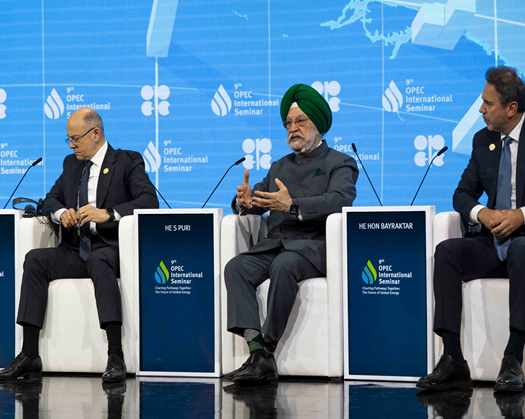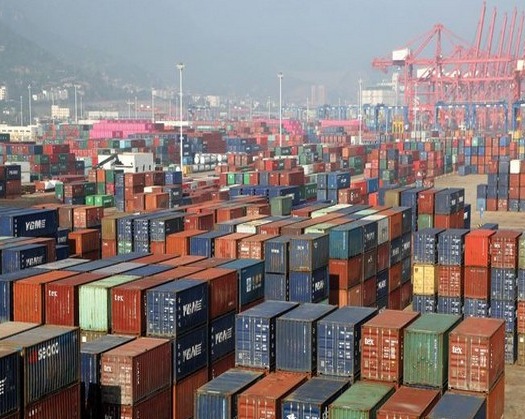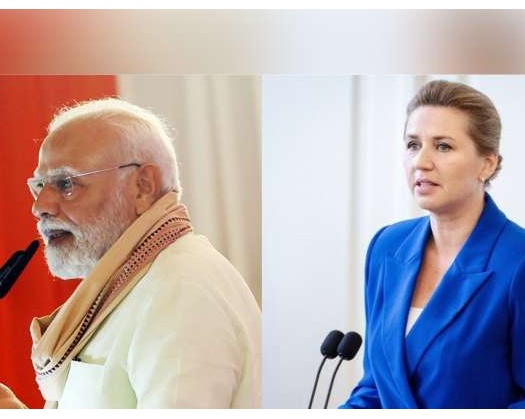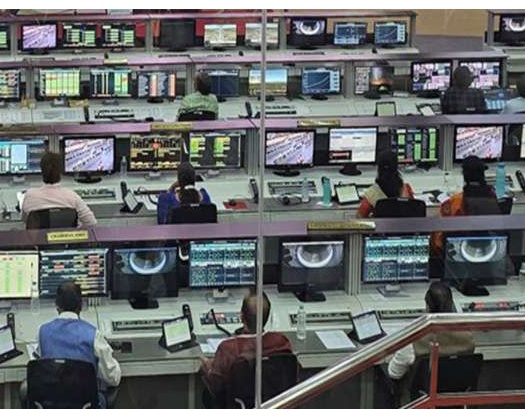Vienna: India intends to expand its hydrocarors exploration area to 0.5 million square kilometers by 2025 and 1.0 million square kilometers by 2030, according to Union Minister for Petroleum and Natural Gas Hardeep Puri.
India is in the midst of one of the most ambitious plans to increase efforts to drill for more and further enhance hydrocarbons exploration in the country, with 2.5 lakh sq km available for exploration under OALP Round 10 and the imminent discovery of a Guyanascale oilfield in the Andaman Sea, according to the Minister at the 9th OPEC International Seminar in Vienna.
India is making substantial efforts to expand its conventional fossil fuel production, with the most recent initiative being an exploration of the Andaman region.
India intends to explore and drill for hydrocarbons with increased vigor in 2.5 lakh square kilometers under OALP Round 10.
The minister engaged on 'Oil Markets: Energy Security, Growth, and Prosperity' with a gathering of global energy sector leaders, captains, and experts at the Seminar.
According to the Minister, the drive to double exploration acreage is backed by a succession of policy changes, including a shift from a Production Sharing Contract regime to a Revenue Sharing Model under HELP and modifications to the ORD Act 1948 that provide a strong framework for managing leases, enhancing safety, enabling dispute resolution, and supporting the integration of renewable energy sources in hydrocarbon projects.
Furthermore, the government is reducing 'NoGo' areas by 99%, freeing up more than 1 million square kilometers for exploration and production (E&P), and making significant investments in basin data acquisition through national projects such as the National Seismic Program (NSP), Andaman Offshore Project, Mission Anveshan, and the Extended Continental Shelf Survey.
India is the world's third-largest energy consumer, with a demand of approximately 5.4 million barrels of oil per day.
India's energy strategy is based on pragmatism, resilience, and fairness. According to the minister, India is both a structural growth engine and a long-term stabilizer of global oil markets.
At the seminar, the minister stated that India will account for 25% of the overall increase in global energy demand.
We are navigating today's turbulent global energy market with a multidimensional strategy that includes diversifying our crude import sources from 27 to 40 countries, boosting domestic production, establishing alternative fuel sources, transitioning to a gas-based economy, and aspiring to become a global refining hub by increasing our refining capacity to 310 MMTPA by 2028 and petrochemical capacity to a USD 300 billion industry by 2030, according to the minister.
Even while the world was facing with geopolitical challenges, Puri noted that India effectively navigated the energy trifecta of availability, affordability, and sustainability, and that it was the only major economy in the world to lower fuel prices even as oil prices soared globally.
He informed the Seminar that India plans to achieve energy independence by 2047 and net zero emissions by 2070.
He also emphasized India's green energy transition, which includes biofuels.
India launched the Global Biofuels Alliance, which includes over 29 countries and 14 international organizations, to promote sustainable biofuels.
Domestically, India is ramping up the use of ethanol, CBG, biodiesel, and SAF as part of its decarbonization strategy, according to the minister.
India currently imports 80% of its oil and 50% of its natural gas requirements. India is now importing oil and gas from as many nations as necessary to fulfill domestic demand.









